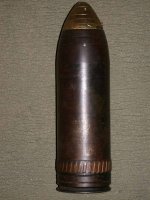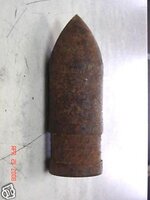tymber79
Full Member
- Jan 9, 2014
- 102
- 251
Be careful with any found explosives from civil war. A few civil war "bombs" washed up locally on the Hudson River. They were used as training for local law enforcement, surprisingly still live. They detonated 3 and the blasts were felt and heard across three counties. Just an FYI.
Upvote
2







